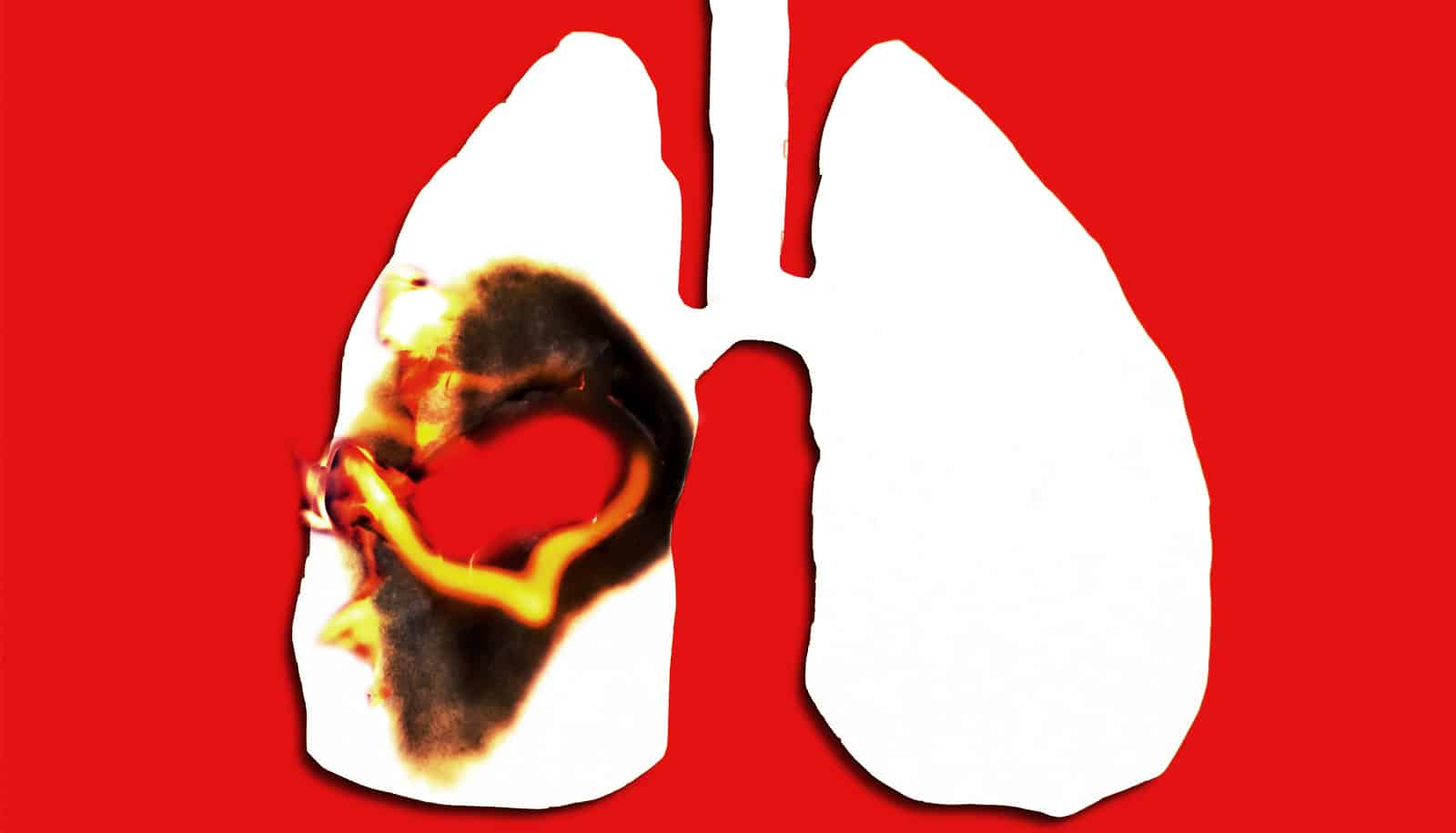Young women with gynecologic cancers are getting earlier diagnoses under the Affordable Care Act, the federal health care reform law, according to a new study.
Researchers looked at nationwide trends in gynecologic cancer diagnosis in women—particularly those under 26, who were guaranteed coverage under their parents’ health plans after the law’s implementation in 2010.
“We were pleased to see that there was a significant improvement in capturing more women’s cancers early,” says Amanda Fader, associate professor of gynecology and obstetrics at Johns Hopkins University School of Medicine and senior author of the study, which appears in Obstetrics & Gynecology.
“It can take decades to observe changes in population-based health trends, so to see differences this soon is promising,” Fader says.
On the rise
Women of all ages are at risk for gynecologic cancers, which include cervical, ovarian, uterine, vaginal, and vulvar cancers. But rates of these cancers—linked to both obesity and infection with human papilloma virus—are rising in young women.
Each year, about 2,000 US women under 26 are diagnosed with a gynecologic cancer. Early diagnosis is critical to treatment success and the ability to maintain fertility after treatment, Fader notes.
Fader and her team credit the ACA for the improvement in early diagnosis; one key part of the law was the dependent coverage mandate, which allows young adults to stay on a parent’s health insurance plan until age 26.
Nationwide, before the ACA, one in three women aged 19 to 26 was uninsured; since the new health care legislation went into effect, fewer than one in five is without coverage.
Life-saving detection
“We know if these women are identified early and treated early, they are much more likely to live longer and have their cancer go into remission,” says first author Anna Jo Bodurtha Smith, a gynecology and obstetrics resident.
Fader and Smith looked in the National Cancer Database and compared women aged 21 to 26 with those aged 27 to 35. The patients were diagnosed with a gynecologic cancer either between 2004 and 2009, before the ACA, or between 2011 and 2014, after the health care law was in force.
The database collects patient data from 1,500 cancer programs around the United States and is thought to include more than 70 percent of all new cancer diagnoses in the country.
When the researchers adjusted for factors such as education and income, they found a significant decrease in uninsured rates after ACA enactment. They also found a significant increase in early stage diagnosis in the younger women but not in the older group.
Before the ACA, 56.2 percent of women aged 21 to 26 years old were diagnosed at an early stage of their cancer; after the ACA, 61.2 percent were diagnosed at an early stage. Early stage diagnosis did not significantly change in women aged 27 to 35. Receipt of fertility-sparing treatment increased, however, for women in both age groups.
“As the debate on how we insure women goes on, reminding ourselves that these insurance gains have huge impacts on people’s lives is the big takeaway here,” Smith says.
3D-printed cervixes teach how to screen for cancer
While adoption of the ACA dependent care mandate led to a 2.5 to 2.8 percent increase in premiums for health insurance plans that cover children, relative to single-coverage plans, it is estimated that early deaths from gynecologic cancer cost the US economy more than $2 billion annually.
Treatment for each case of cervical cancer, for instance, ranges in cost from $25,000 to more than $500,000, with the higher costs associated with surgery, chemotherapy, and radiotherapy needed in advanced cases.
Identifying cervical cancer early can save millions of dollars annually, help women have less toxic treatments, and enable them to keep working, the researchers say.
Will ACA dropouts unravel the insurance market?
“Detecting and treating cancer at an early stage saves lives and absolutely lowers health care costs compared to treatment of cancer at a more advanced, incurable stage,” Fader says.
Source: Johns Hopkins University



